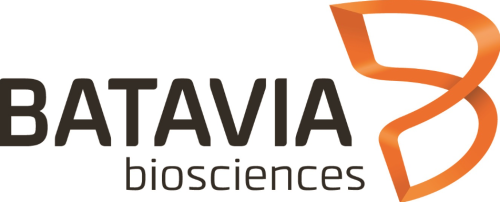Summary
Batavia Biosciences has a global presence with locations in Leiden, Netherlands, Woburn, MA, South Korea, and Hong Kong. Angelique Lemckert, Senior Technical Lead at Batavia, explains in this presentation how the company aims to reduce human suffering from infectious diseases and cancer, striving to be recognized as a centre of excellence in biopharmaceutical R&D and clinical manufacturing.
Batavia focuses on bridging the gap between early discovery and late-stage commercial manufacturing through process development and clinical manufacturing for phases one and two. Their approach is built on partnership and quality, with a track record of over 500 successful projects and a 97% success rate in GMP runs.
In particular, Batavia specializes in viral vaccines, viral vectors for gene therapy, and oncolytic virotherapy. They offer comprehensive process development services, including upstream and downstream process development, analytical development, technology transfer, and cell line generation. Their manufacturing capabilities include cGMP manufacturing, stability studies, virus and cell banking, and GMP release and regulatory support.
Lemckert outlined some of the challenges associated with producing viral vectors, including high costs and low yields, requiring significant capital investments and high operational expenses. She explained how Batavia addresses these challenges by designing scalable production systems and optimising cell cultures, transfection protocols, and downstream processing to maximise yields and quality.
Batavia’s HIP-Vax platform is a novel fixed-bed bioreactor that achieves high cell densities and scalable production, reducing costs and improving efficiency. The system is designed for both adherent and suspension cells, offering excellent scalability from small-scale to commercial production. The platform has successfully reduced the cost of goods for various vaccines, achieving costs below $1 per dose for several products.
Lemckert walks us through HIP-Vax’s consistent results in cell density and virus production across different scales, from small-scale to commercial production. The system can be set up with an inline concentration step, which reduces the volume of harvest material and makes subsequent processing steps more cost-effective.



